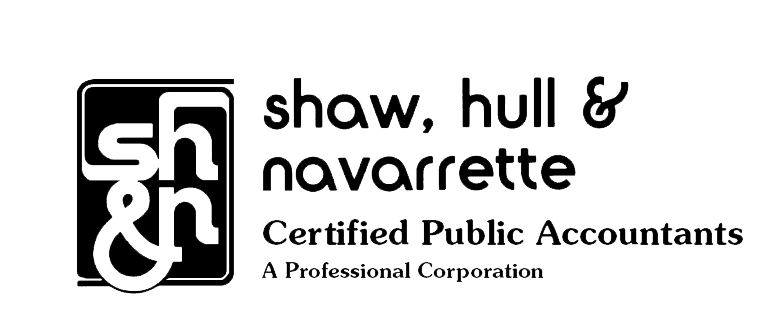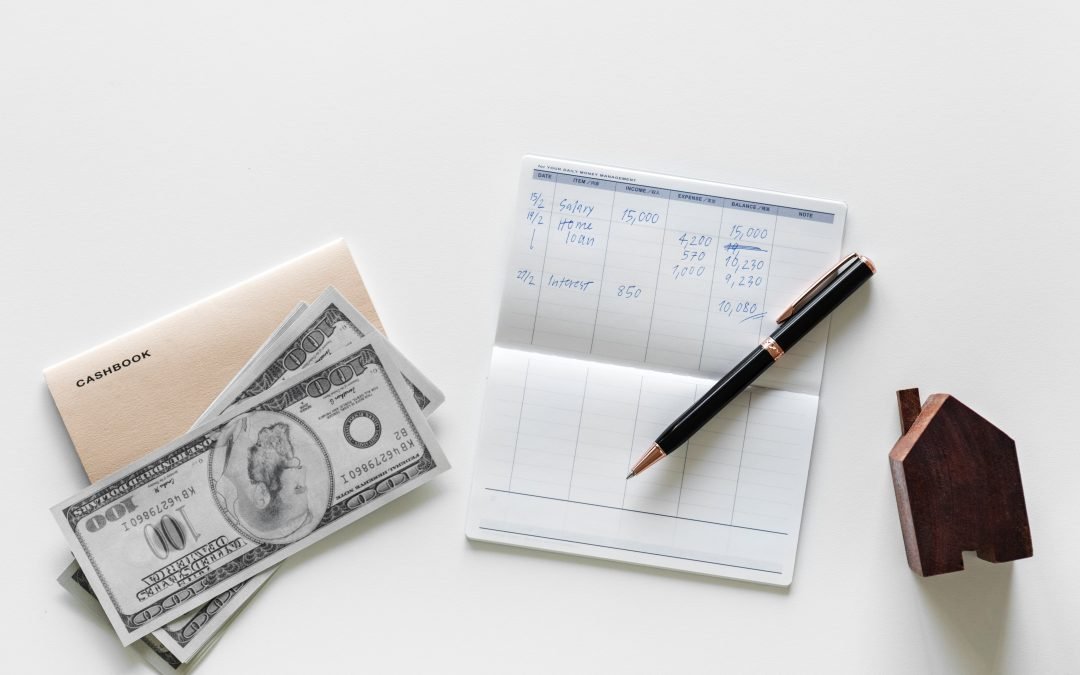One of the basic steps in keeping an accurate record of a bank account, whether it is a business account or a personal account, is performing a periodic reconciliation of the account. This basic step is important for many reasons including ensuring that any unauthorized transactions, errors or fraud are detected on a timely basis. It is also important so that you don’t overdraw the account.
Your current bank account balance may not represent your available cash. If you have sizable checks or other authorized payments outstanding, you could easily overdraw your account if you depend only on the bank balance.
By maintaining your own accounting of your transactions, and performing a periodic bank reconciliation, you can ensure that you know what funds you have available. The bank reconciliation process identifies any missing entries and identifies any errors in either your accounting or the bank’s accounting so that you have a balance that can be relied upon to be accurate.
The first step is to compare the balance per your records – often referred to as your book balance – to the bank’s balance as of a certain date. Because banks often issue a monthly statement, it is common to perform a reconciliation as of the date of each bank statement. With access to online banking though, you can perform a reconciliation as of any date you desire.
When you compare the bank’s balance to your records, you will need to add to your records any authorized transactions that have cleared the bank that have not yet been entered in your books. It is common to have to enter monthly interest received or bank charges to your records since you often are not aware of the amounts until you receive the bank statement. You will also need to adjust any transactions on your books that differ from the banks records unless you believe the bank transaction is in error. If so, you will need to contact the bank to investigate the error.
Many accounting software programs have a reconciliation module that allows you to enter the ending cash balance of your bank account to assist you with the reconciliation process. If you don’t have that option or maintain your records manually, prepare a list of the transactions that have occurred since your last reconciliation on paper and compare them to the bank statement.
Your bank statement won’t reflect outstanding checks that payees haven’t cashed yet, and it may not show deposits that have not yet been processed completely by the bank. You will need to add the positive transactions such as deposits in transit and subtract negative transactions such as checks waiting to be cashed or automatic payments that have not yet cleared the bank from the bank balance.
Once you have made the adjustments above, compare your adjusted bank balance and your adjusted book balance. Ideally, the numbers match and you have completed the account reconciliation. If they don’t match, there are a few common errors that often occur.
- Transposition error: If the reconciliation difference is divisible by 9, that indicates that you’ve made a transposition error. An example of a transposition error is if you wrote a check to someone for $58, but you recorded it as $85 in your books or check register.
- You forgot to record a transaction: A check was issued or a deposit was made and you didn’t record it. Scrutinize the bank statement to identity entries that aren’t listed in your books.
- Your beginning cash balance is incorrect: If your beginning balance in your books isn’t correct, the bank account won’t reconcile. This can happen if the account has not been reconciled properly in the past. You will need to backtrack to the most recent date when the books agreed to the bank and start reconciling with that period and reconcile each period until you are current.
We hope that these hints help you reconcile your bank accounts. If you are struggling to reconcile your bank accounts and would like some assistance, please Contact Us.

